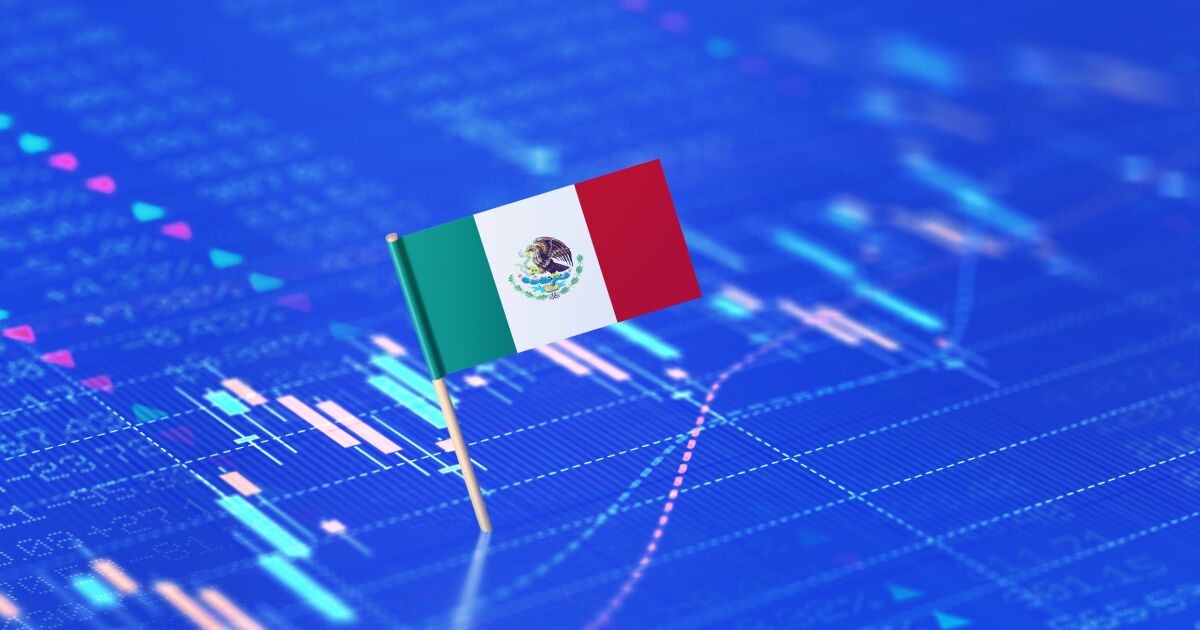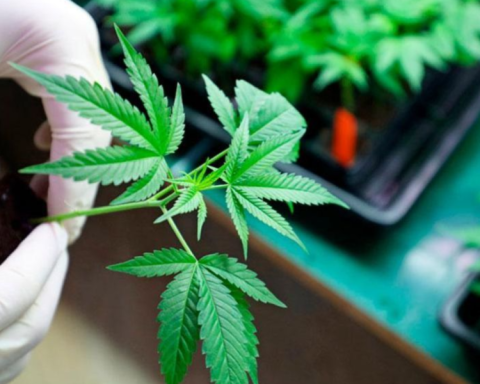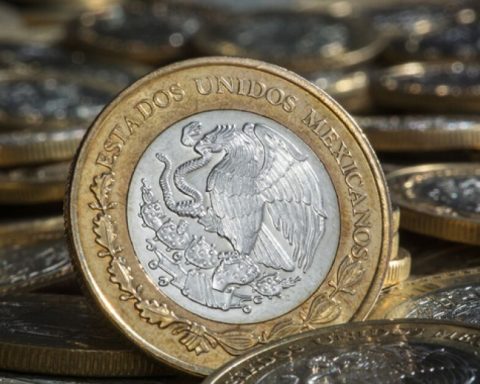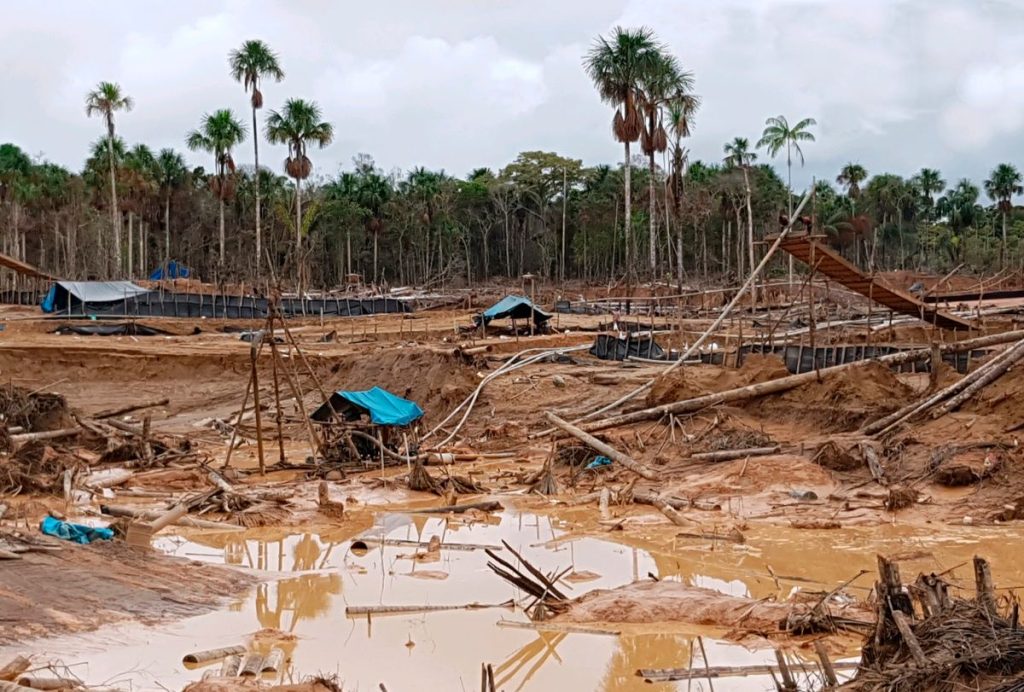Last Monday, the National Institute of Statistics and Geography (Inegi) announced that the Mexico’s total exports decreased 0.97% in September compared to the previous month. This is the second consecutive monthly decrease, when in August they fell 2.86%.
“External demand would continue to show a low contribution to growth in Mexico during 2024 given the expectation that weakness in the manufacturing sector in the United States will persist. By 2025, the better performance expected for that country’s industrial production would contribute to greater external demand in our country, although these forecasts are subject to high uncertainty,” highlighted the Mexican central bank in its latest quarterly report.
Slow private investment
Besides, Banxico predicts that economic growth in 2024 and 2025 will be moderate supported mainly by domestic spending.
“In particular, private consumption and, to a lesser extent, private investment are anticipated to continue expanding. The contribution of the latter would be lower than previously anticipated, given the lower dynamism that this aggregate has shown and the environment of uncertainty that persists due to both internal and external factors,” the central bank considered.
From January to July, gross fixed investment has been growing, but at lower rates compared to the annual growth reported month after month in 2023, Inegi figures report.
Lower public spending
Although positive effects from public spending continue to be expected, they are expected to be less than originally anticipated, added the latest Banxico report.
The IMF highlights that in Mexico, “after strong growth in 2023, activity has slowed in recent quarters. For 2025, the deceleration is expected to continue to 1.3%, due to the planned fiscal adjustment and a less favorable external situation.”
By 2024, the Treasury expects that net public spending will be higher than programmed by 121,000 million pesos. But, for 2025, it anticipates a reduction of 706,000 million compared to that approved for 2024, this represents a real reduction of 7.5%, according to the 2025 Economic Precriteria.
This after the objective of reducing the fiscal deficit from 5.9% of GDP, at the end of 2024, to 3.5% of GDP in 2025 the following year, according to president Claudia Sheinbaum on Thursday, October 24.
“The 2025 budget, scheduled for mid-November, must provide a credible consolidation plan to meet medium-term fiscal goals and maintain fiscal sustainability,” the IMF highlighted in its latest update to the economic projection for Mexico .
Meanwhile, the World Bank states that to accelerate sustainable growth and reduce poverty in the medium term, it is crucial to address structural limitations, such as restricted access to financing, insecurity, informality, regulatory burdens and bottlenecks in infrastructure.
“In addition, it is necessary to face the challenges related to fiscal space. Overcoming these challenges is key to making the most of the opportunities that the nearshoring offers in the current international context,” noted the WB.
















